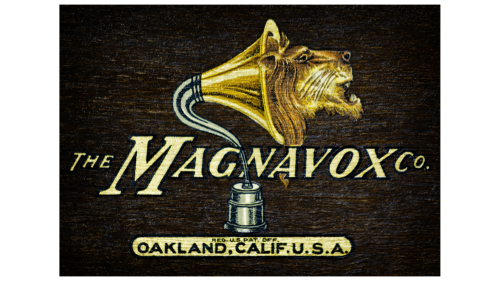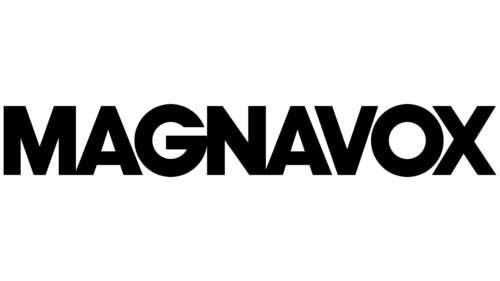Magnavox: Brand overview
| Founded: | 1917 |
| Founder: | Edwin Pridham, Peter L. Jensen |
| Headquarters: | Knoxville, Tennessee, U.S. |
| Website: | magnavox.com |
Magnavox, an American brand known for consumer electronics, has seen a wide variety of ownership since its inception in 1911. It was initially established as the Magnavox Company by Edwin Pridham and Peter Jensen in California, where it was engaged in manufacturing loudspeakers and phonographs.
By the middle of the 20th century, Magnavox had cemented its place as a leading force in the field of radios and high-fidelity stereo systems, making significant strides in stereo amplification technology. The brand further broadened its product portfolio by adding commercial televisions, tape recorders, and other household electronics under its banner.
In a landmark event in 1974, Magnavox was acquired by the Dutch electronics giant Philips. Notably, it was under Philips’ wing that the Magnavox Odyssey, the pioneering home video game console, was launched in 1972. Throughout the 1970s and 1990s, Philips used the Magnavox brand for various products, including VCRs, disc players, and televisions.
A shift in brand ownership occurred in 1999 when Funai Electric, a Japanese company, procured the rights to the Magnavox brand. As it stands, Funai now licenses the Magnavox name for a range of products, including analog and digital televisions, smart TVs, and caterpillar-style karaoke machines.
However, Magnavox has deviated from its original manufacturing practices. Instead of producing its products, the company now outsources to original equipment manufacturers (OEMs) while retaining the right to market these products under the Magnavox brand. Even more than a century since its foundation, the Magnavox brand continues to hold a legacy as a forerunner in the consumer electronics and home entertainment industry in the 20th century.
Meaning and History
1919 – 1944
1944 – 1953
1953 – 1960
1960 – 1976
1976 – today
Magnavox color codes
| Black | Hex color: | #000000 |
|---|---|---|
| RGB: | 0 0 0 | |
| CMYK: | 0 0 0 100 | |
| Pantone: | PMS Process Black C |









